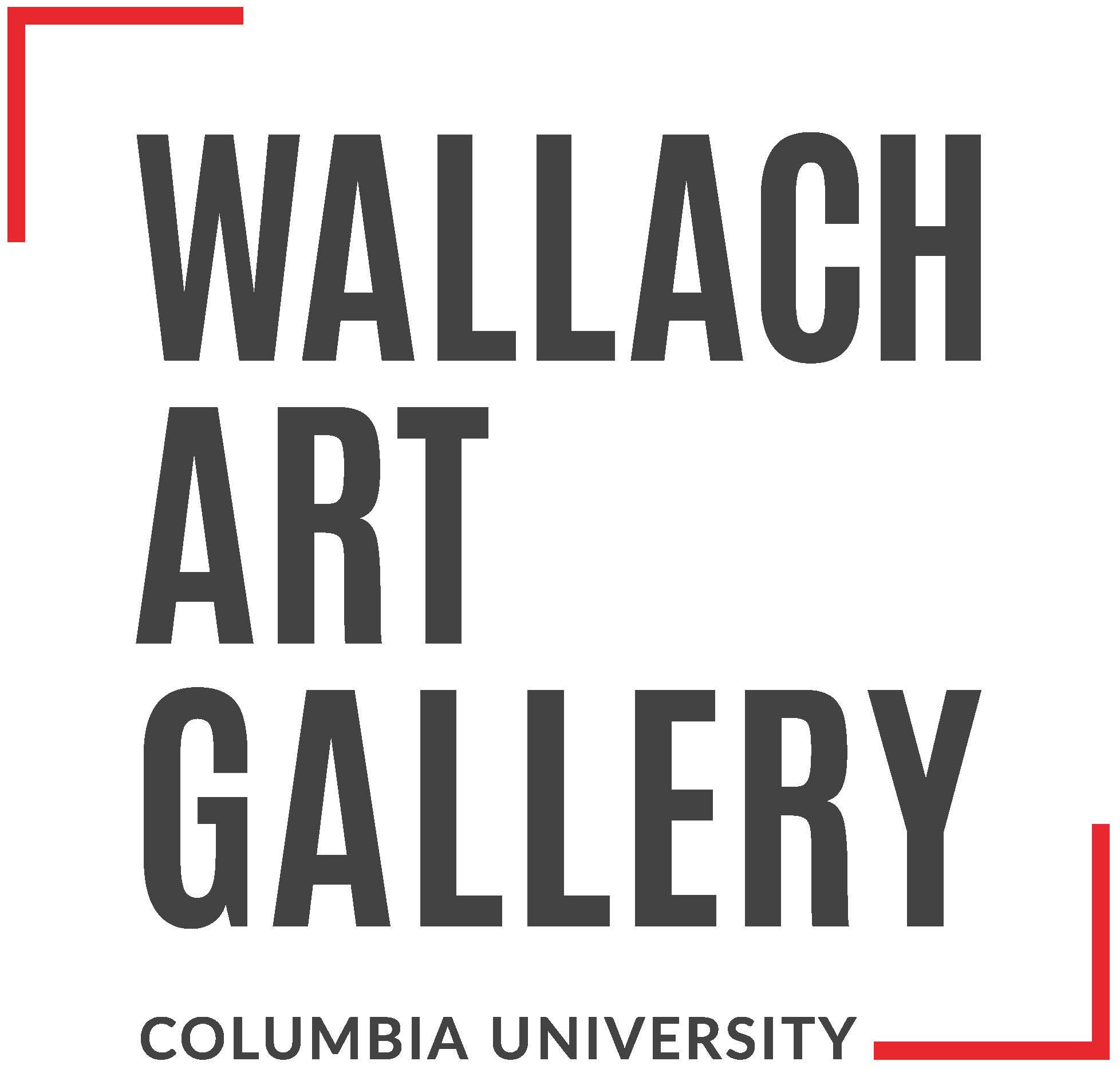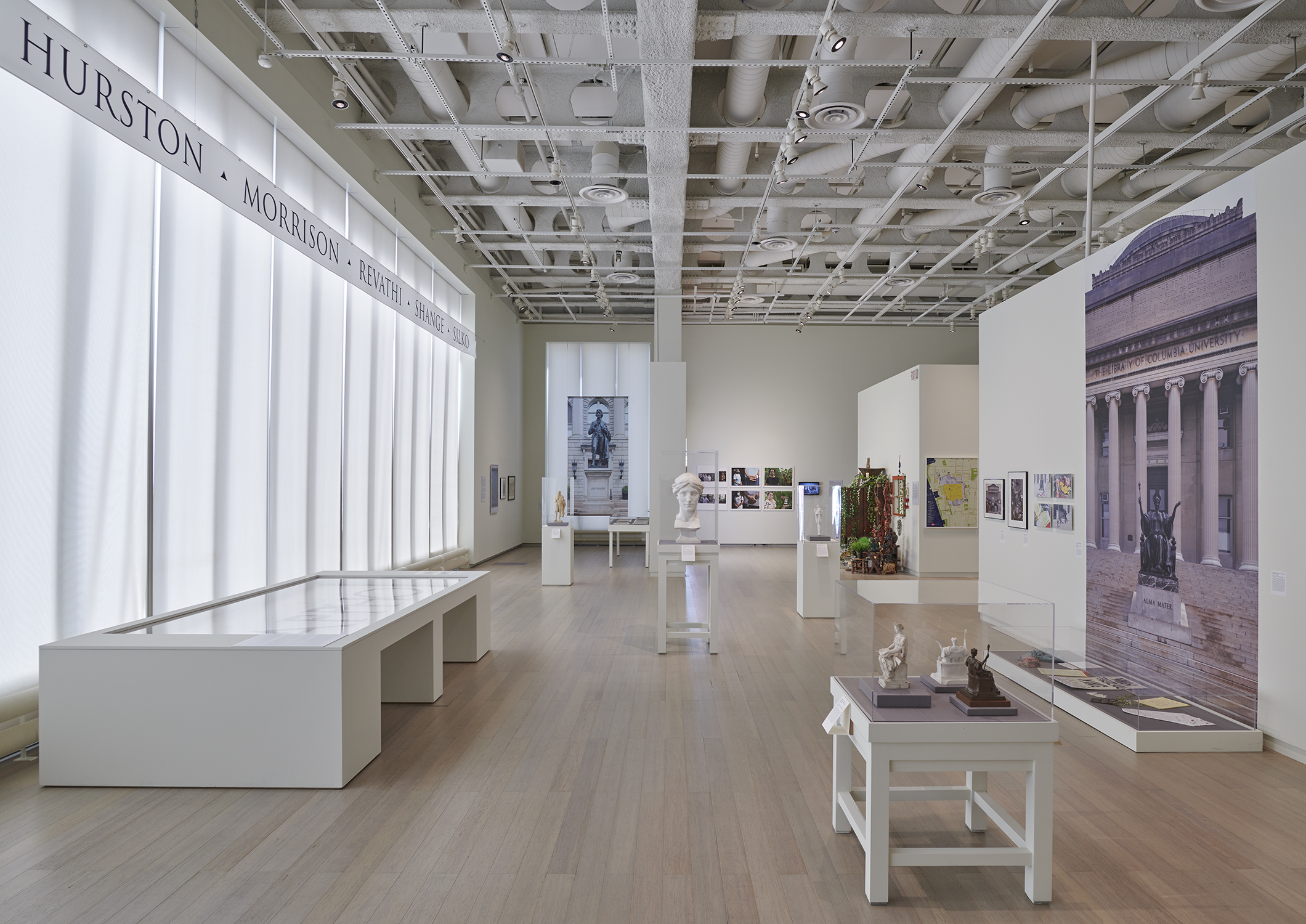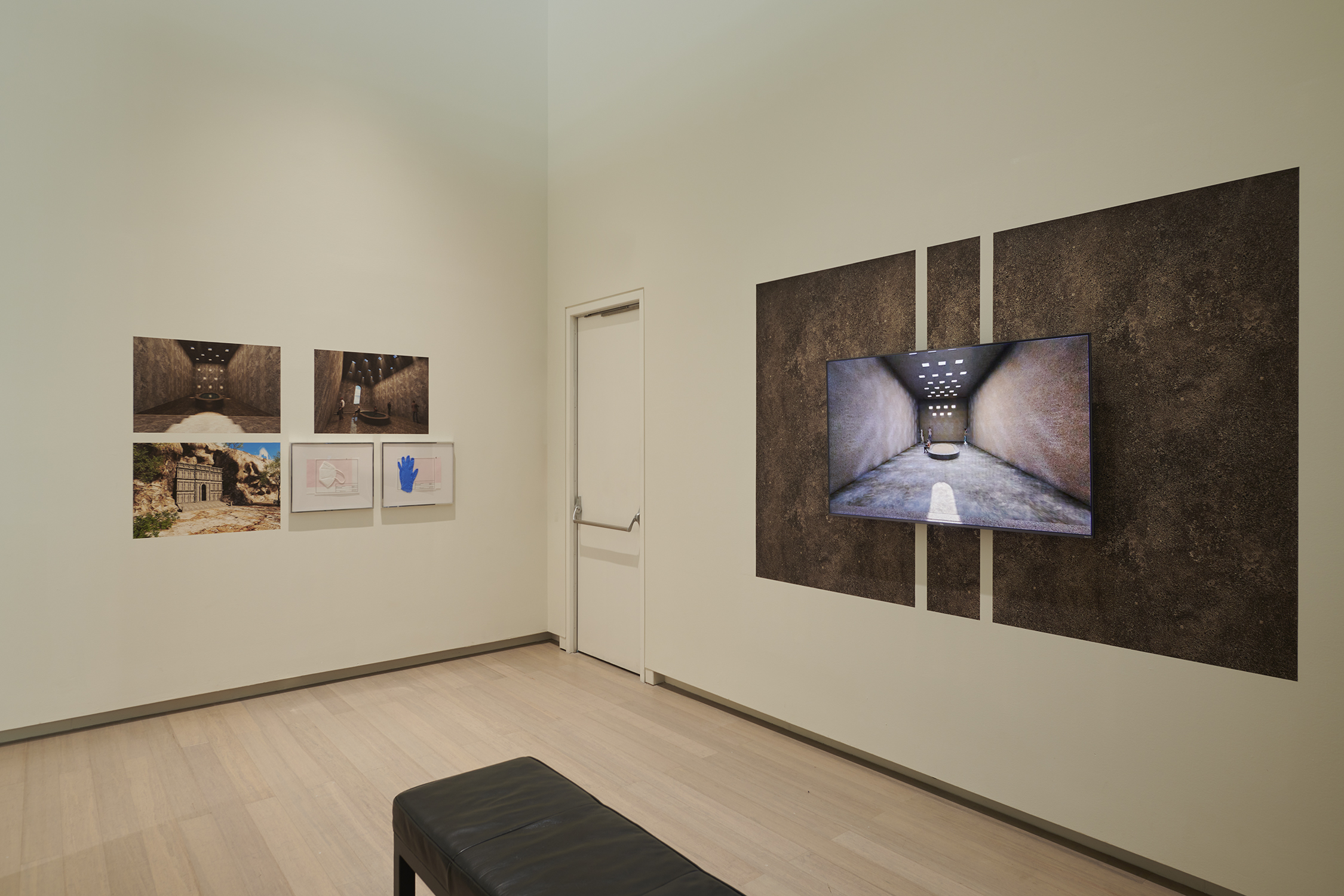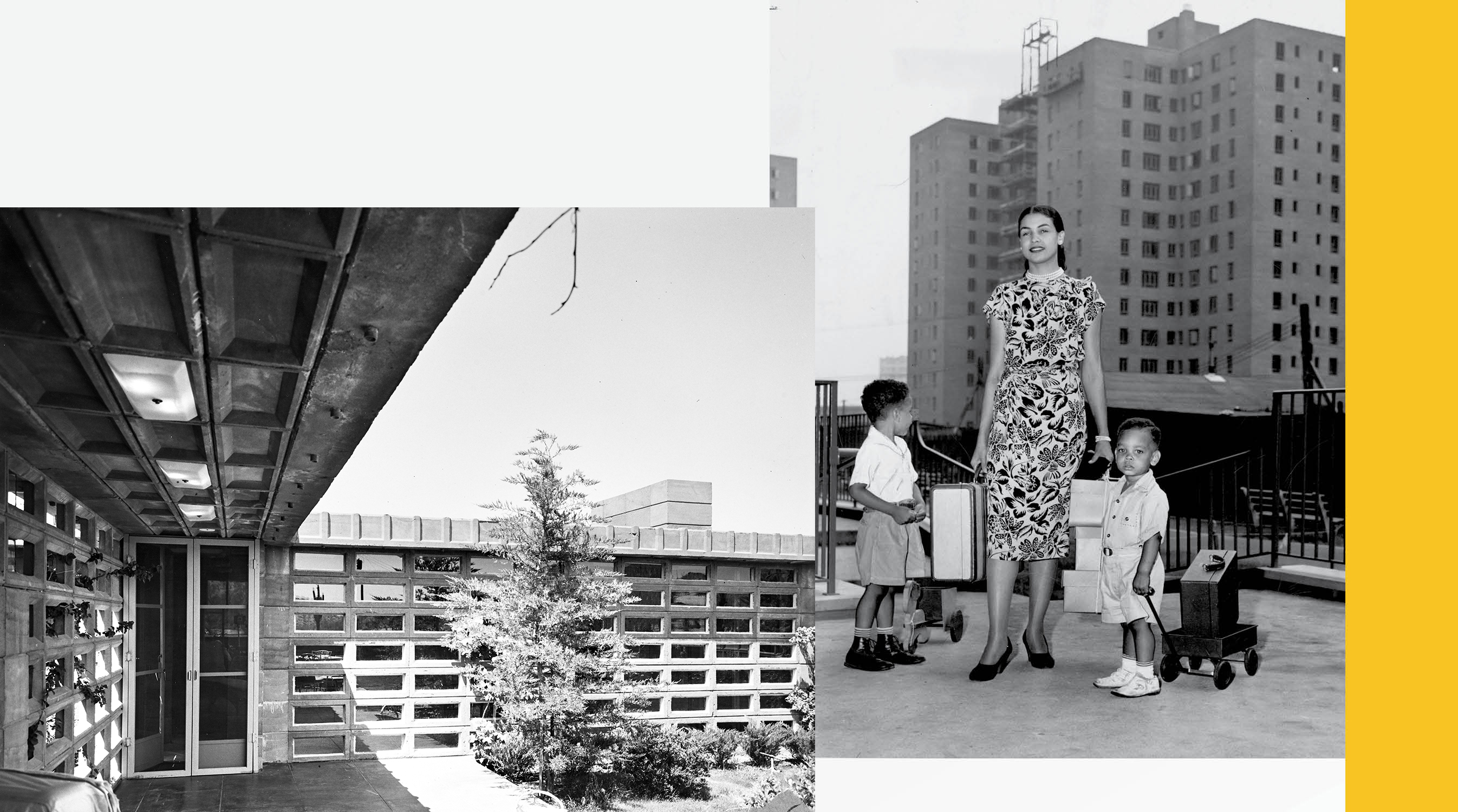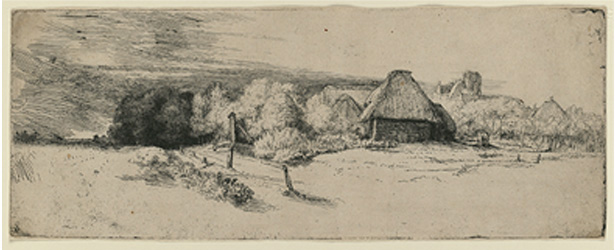September 10–November 14, 2021
Fritz Koenig, Daniel Chester French, William Ordway Partridge, Cathleen Campbell, Jonathan Calm, Nyssa Chow, Delano Dunn, and Dianne Smith
The Wallach Art Gallery at Columbia University’s Lenfest Center for the Arts is pleased to present The Way We Remember: Fritz Koenig’s Sphere, the Trauma of 9/11 and the Politics of Memory. The exhibition highlights three distinct but interrelated themes: it examines the memory of 9/11 through the lens of one of its earliest memorials, namely the modernist sculptor Fritz Koenig’s Sphere for the World Trade Center and its afterlife, explores Columbia University’s Morningside Campus as a “place of memory” and the long history of the community’s interactions with its physical monuments and memorials, and showcases the present struggle to grasp, visualize, and commemorate the enormous impact of the Covid-19 pandemic.
The Way We Remember is curated by Holger A. Klein, the Columbia University Lisa and Bernard Selz Professor of Medieval Art History. With Klein’s selection of artists, objects, and supporting ephemera questions unfold such as: “what are appropriate ways to commemorate or memorialize the significance of historical places and events, or the achievements of historical or contemporary figures? What role does art and architecture play in the mediation of history and/or memory to future generations?”
The exhibition highlights Koenig’s Great Caryatid Sphere N.Y. as one of the earliest memorials of 9/11 after it emerged from the rubble of the collapsed Twin Towers—battered, bent, and scarred—but resilient and defiant and still standing upright. Koenig originally created the work as a fountainhead and monumental centerpiece for the World Trade Center Plaza and, thus, its post 9/11 evolution into a memorial allows us to explore the fine line between monuments and memorials against the backdrop of Koenig’s lifelong memorial commissions in post-war Germany.
The sculptural monuments and memorial landscape established on Columbia University’s Morningside campus is the second focus of The Way We Remember. The campus is dotted with permanent markers of memory in the guise of monuments and commemorative plaques installed since the University moved to Morningside Heights in 1897. The section opens with a closer look at the iconic statue of Alma Mater (1903) by Daniel Chester French, one of the foremost American sculptors of the Beaux-Arts tradition. Photographs, ephemera, and maquettes chronicle Alma Mater’s evolution as a sculpture and as a place of celebration, commemoration, and protest since its unveiling. Other campus monuments featured in this section include William Ordway Partridge’s statues of Alexander Hamilton (1907), Thomas Jefferson (1914), and College Dean John Howard van Amringe (1911–22), allowing for an exploration of different memorial modes, strategies of display, and an investigation of changing attitudes, both peaceful and violent, towards the campus monuments and the values they represent.
The third segment of the exhibition includes installations of memorial design concepts commemorating the lives of Harlem and Morningside Heights residents lost to the Covid-19 pandemic. Contemporary artists Cathleen Campbell, Jonathan Calm, Nyssa Chow, Delano Dunn and Dianne Smith present installations that address: How do we begin to visualize or quantify the enormous loss in human lives and make it palpable? How do we mourn and commemorate those we have lost? Is there an appropriate way to memorialize this moment of individual and collective suffering in the history of the US and in local contexts, especially marginalized and immigrant communities across the country?
The gallery is open to the public Wednesdays thru Saturdays. Online reservations are required. For more information on the exhibition, including gallery hours and gallery visit registration links visit wallach.columbia.edu. All exhibitions are provided free of charge.
Lecture program
Reflections on 9/11, 20 Years On: September 23, 6:30–7:30pm
Marita Sturken is Professor in the Department of Media, Culture, and Communications at New York University.
The Stages of Memory: Reflections on Memorial Art, Loss, and the Spaces Between: October 7, 6:30–7:30pm, register
James E. Young is Distinguished University Professor Emeritus at University of Massachusetts Amherst.
From Monument to Memorial: Fritz Koenig’s Sphere and the Memory of 9/11: October 21, 12:30–1:30pm, register
Holger A. Klein is Lisa and Bernard Selz Professor of Medieval Art History, Columbia University and curator of The Way We Remember.
21st-Century Interventions in the Monumental Landscape: November 4, 6:30–7:30pm, register
Renée Ater is Provost Visiting Associate Professor, Africana Studies at Brown University.
This exhibition is supported by the Embassy of the Federal Republic of Germany in Washington, DC, the Anna-Maria and Stephen Kellen Foundation, Andrew and Barbara Gundlach, and Columbia University. The Wallach Art Gallery’s exhibition programs are made possible with support from the Miriam and Ira D. Wallach Endowment Fund, the Charina Endowment Fund, and the gallery’s patrons.
